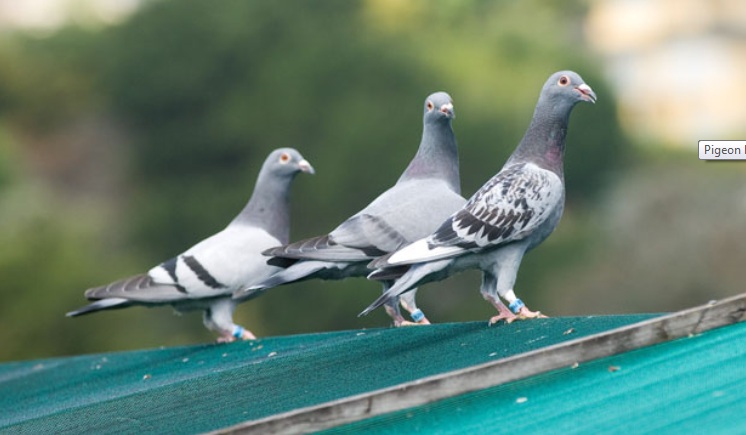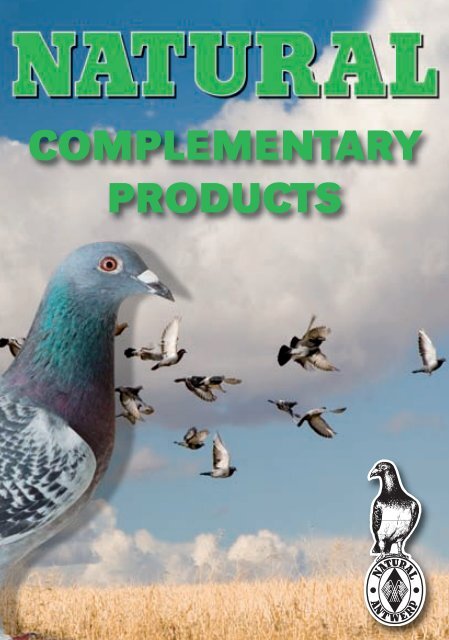This page lists videos that should be of interest to those who are new to the sport and the general public who would like to know more about us and our great sport. We have tried to select the best high quality videos available. For your convenience, new videos will be added to the top of the list in each section.
Introduction to Racing Pigeons

Raising Young Birds
Download Racing pigeon stock photos. Affordable and search from millions of royalty free images, photos and vectors.

Pigeon Racing
General Management
Loft Design
Electronic Clocking Systems
Miscellaneous

Tips on the Best Feed for Pigeons and a DIY Pigeon Feed Formula
Reading Time: 6minutes
Pigeons are adaptable, hardy, and agile. And although the types of pigeons range in size and function, all pigeons have similar husbandry requirements. Knowing what to feed pigeons and the ideal pigeon loft design will allow you to ensure a healthy flock.
Pigeon Loft Design
Across the board, the rule of thumb when setting up and maintaining a pigeon loft is to keep the loft extremely dry with plenty of ventilation.
Philip Spatola of Atlantic Highlands, New Jersey, recently won the American Racing Pigeon Union “Loft of the Year” award. Members were encouraged to submit photographs and descriptions of their lofts. Not only was it an online loft “beauty contest,” but it also illustrated the variety of appearances that provide healthy housing for homing pigeons. The styles and sizes conveyed a large range of skill sets and funds.
“I contacted a local shed company to build a shed to my specifications and then had a friend install partitions and perches inside the loft,” said Spatola.
He cleans his “Cary’d Away Loft” once a day in the mornings and then feeds and waters the birds. In the summer, he cleans the loft twice a day. Fans and electricity were installed to aid in ventilation and convenience.
Deone Roberts, the Sport Development Manager for the American Racing Pigeon Union, says that a well-designed loft consists of a floor, four walls, a roof, external fixtures (landing board, trap, ventilators and turbines, and aviaries), internal fixtures, a storage area for feed and other supplies plus an infirmary. The loft needs to prevent vermin, including aerial predators.
“A neat appearance and blending into the neighborhood is most helpful to encourage good community relations,” said Roberts. And remember, “The cost of construction has no bearing on racing success.”
The size of the loft should allow eight to 10 cubic feet of air space per bird. A well-made loft would include at least three partitions: one for breeders, one for young birds, and one for old birds. To make it comfortable for yourself and to aid in cleaning, the ceiling should be high enough for you to stand erect. Having the loft elevated from the ground will help air circulation and keep it dry.
The roof should be slanted from front to back to allow the rain to roll off away from the landing board. The landing board should be large enough for all the birds to land at one time. The trap functions so that pigeons that fly outside can get back into the loft but not be able to fly out again. It should be in the center of the landing board. Traps can be purchased for around $20. My father and I built a trap out of wire coat hangers when I was flying tumblers and racing pigeons, and it worked out great.
Roberts says that aviaries are an essential part of any well-designed loft allowing the birds to have a constant supply of fresh air and sunshine.
“Each section of the loft should have a small aviary where the birds can go out into the sun and rain,” said Frank McLaughlin. “It is also nice to be able to close off these aviaries to keep the weather from the inside of the loft.”
McLaughlin of McLaughlin Lofts has been raising pigeons for 43 years.
“Most of the best lofts have air entering low and leaving the loft at a high point causing a chimney effect,” he said. “Many fanciers keep their pigeons on grated floors and some use a deep litter which I prefer a thin layer of wood pellets used in wood-burning stoves.”
“Dampness is the worst condition for pigeons so having sunlight enter the loft is excellent to keep dry,” said McLaughlin. “Pigeons rarely if ever get sick if they have space, dryness, good feed, minerals/grits, and clean fresh water.”
Each mated pair of pigeons should have their own nest box. The boxes do not need to be elaborate. Boxes that are 18 inches long and 12inches high and wide are suitable for most breeds. Having a small lip on the front will keep nesting materials, eggs, and squabs safe. Placing a small clay flower pot or bowl, along with nesting materials such as hay, straw, pine needles, wood chips or twigs will assist with the breeding cycle.
Perches throughout the loft and aviary can be constructed out of one by four-inch boards, tree branches, or half-inch doweling. While pigeons are highly sociable, another pigeon fact is that they can be territorial. Having ample perching is important to reduce quarreling.
What do Pigeons Eat?
Commercial grain and seed mixes are easily available at farm stores and solve the question of what do pigeons eat. Protein is important for pigeons that are producing. Peas and soybeans are great sources of protein. What do pigeons eat depends on the activity level of the birds. Different compositions are made for birds that are breeding, raising young, molting, or racing.
Some of the first food items that are eaten by the birds include green, maple, and yellow peas, mung beans and lentils. To guarantee that your birds are getting the nutritional value that is advertised on the package, the birds must eat the full range of grains. If they are given too much seed, they will pick out their favorites. By offering only the amount of food the pigeons will consume in one day, you will ensure that they are eating the nutritional diversity the bag advertises. To create your own pigeon food, check out this baseline formula.
Pigeon Racing Formula Free Download Windows 7
| DIY Pigeon Formula | |
|---|---|
| Corn | 40% |
| Red Wheat | 27% |
| Peas | 18% |
| Kefir (sorghum) | 15% |
| Mineral grit | Free Choice |
The Scoop on Pigeon Poop
Ten thousand years ago, farming was evolving in Iran. The shift from short-term profits to sustaining yields had begun. Farmers needed a way to amend the soil after their crops had decimated the soil’s fertility. Pigeon towers, or dovecotes, became a crucial part of the agricultural economy by providing fertilizer for crops such as melons and cucumbers, which require a lot of nitrogen.
Wild pigeons would live in these towers, which were strategically placed in fields, and the caregivers would harvest the manure once a year to sell to other farmers. The pigeon manure was considered so valuable that guards were posted at the dovecotes to keep thieves from stealing the wild birds’ droppings! In a different time in history, pigeon droppings were used as a component of gunpowder.
Dr. Ayhan Bekleyen of Dicle University, Diyarbakır, Turkey shared this dovecot from Eastern Turkey.
Cleanliness in your nest boxes and loft are important for preventing manure buildup, minimizing moisture, and keeping a healthy environment, which reduces the likelihood of disease. Placing an inch of sand on the loft floor will assist in the cleaning on the loft. You can easily sift through the sand and remove debris. Daily raking of the sand will keep the sand clean and dry. By adding a little dirt and organic matter like grass clippings to the manure, it will compost down, making your own valuable pigeon poo fertilizer. This high-nitrogen fertilizer works well on tomatoes, eggplant, melons, roses and other plants that do well in rich soil.
Do you have a pigeon loft design or feeding tip to help beginners with figuring out what do pigeons eat that you would like to share? Let us know in the comments below.